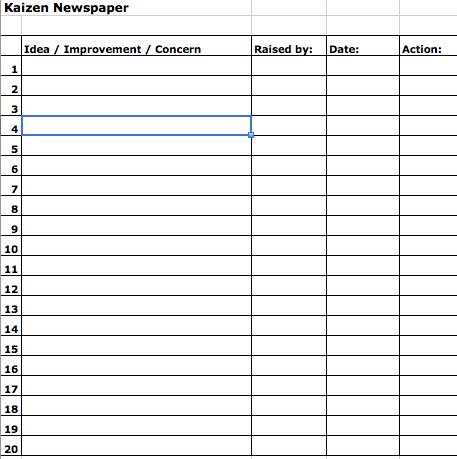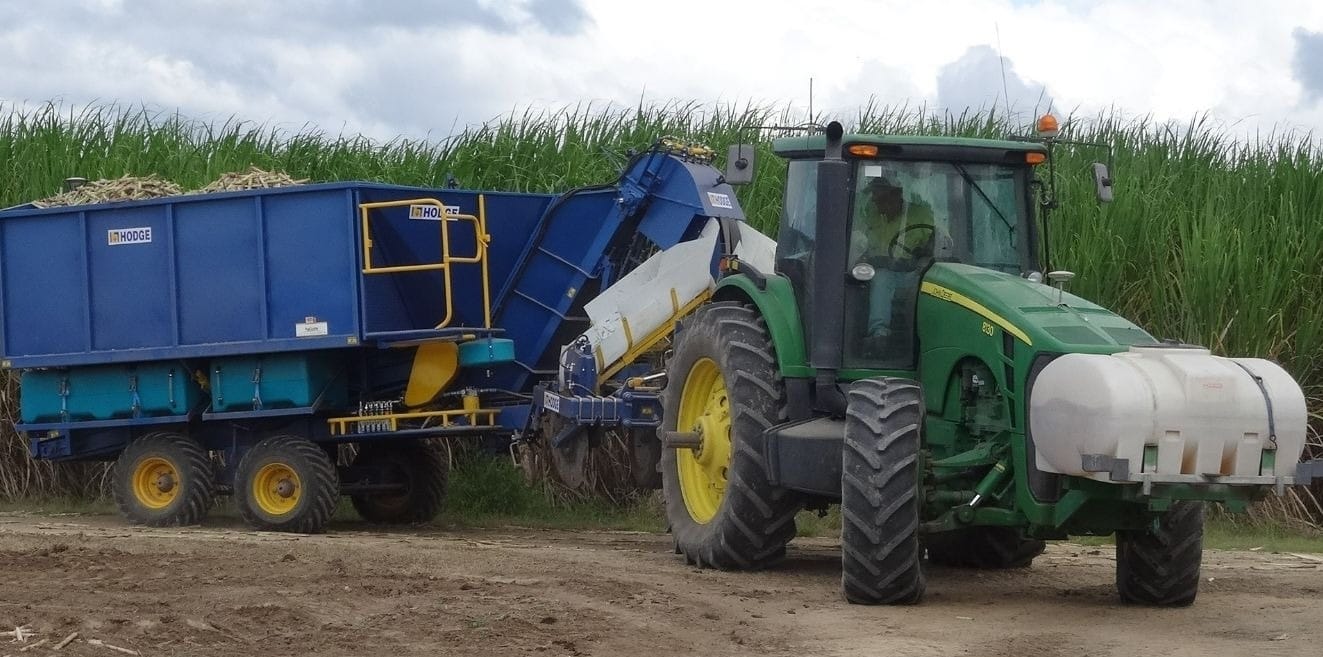In an ever-changing world, it’s small, consistent improvements that drive lasting success.
That’s the essence of Kaizen.
It’s not about flashy fixes—it’s about practical, everyday problem-solving led by the people who do the work.
Grounded in Lean thinking, Kaizen helps teams identify and eliminate waste, improve processes, and build momentum—one improvement at a time.
What is Kaizen?
It is a Japanese word that translates into “change for the better” or “improvement”. Kaizen was first implemented in several Japanese manufacturing businesses after the Second World War. The term was made famous in Masaaki Imai‘s book “Kaizen: The Key to Japan’s Competitive Success”.
It has since spread throughout the world and is now being implemented in many businesses.
Kaizen applies to a philosophy that focuses upon continuous improvement of processes across all areas of business and industry types.
Kaizen aims to eliminate waste and what started as a manufacture improvement tool has spread across into the healthcare, purchasing, insurance, banking and logistics industries.
Kaizen vs Continuous Improvement
While Kaizen is often used interchangeably with continuous improvement, there are some key differences:
Continuous Improvement refers to an overarching concept. It includes any activity that seeks to improve processes, products, or services. Kaizen is a specific methodology that emphasises small, team-led improvements, usually made by the people closest to the work. Kaizen also has a greater ability to change the culture of an organisation.
Put simply: Kaizen provides a structured, people-centric, and grassroots approach to achieving continuous improvement through consistent, small steps. Continuous improvement is the wider goal that can be achieved through many paths, Kaizen being one effective and distinct path.
The Kaizen Process
1. Nail Down the Problem
Zero in on a specific process, task, or area that’s holding you back.
Where are the frustrations? What’s not hitting the mark in terms of performance or creating needless headaches and inefficiencies? We look for the pain points that your team deals with every day.
2. Get to Grips with the Current State – Go to the Gemba
There’s no substitute for seeing it with your own eyes. We head straight to the shop floor or the work area. It’s about observing the actual operations, gathering the real data, and, crucially, talking to the people who do the work.
Tools like Value Stream Mapping help us – and your team – to clearly see where the bottlenecks, waste (Muda), and inefficiencies are truly lurking.
3. Spark Practical Improvement Ideas – Together
This is a team sport.
We facilitate a collaborative effort to brainstorm solutions that are down-to-earth and, importantly, straightforward to implement.
The focus is on ideas that your team can own and that promise quick, tangible wins without bogging you down in overly complex changes.
4. Test Your Solution – Action Over Perfection
Let’s get it done.
Implement the chosen improvement on a focused, small scale. Kaizen thrives on momentum.
We’re not aiming for a perfect, all-encompassing solution, we’re aiming for progress and learning. Small changes, consistently applied, create big results.
5. Evaluate the Real Impact – Did it Work?
Time to measure up.
Has the change genuinely improved performance? What are the clear benefits? We also keep a sharp eye out for any unexpected outcomes or new issues that might have cropped up. Honesty and data are key here.
6. Standardise Success and Keep it Going
If the solution delivers the goods, make it the new way of doing things.
This means embedding it into your standard operating procedures. Get the team trained up, monitor that the new standard is being followed, and put checks in place to ensure the improvement sticks for the long haul.
This is how continuous improvement becomes part of your DNA.
How Kaizen Works
What makes Kaizen so powerful is how practical and people-focused it is. It engages your whole team—from frontline operators to senior leaders. It builds problem-solving into daily work, creating a culture of ownership and accountability.
It focuses on removing waste (muda) and improving flow, quality, and safety. Kaizen doesn’t require big budgets or major system overhauls. It’s about making work better—step by step, day by day.
How to Use Kaizen as a Continuous Improvement Tool in Your Business
To conduct a successful kaizen implementation requires “the participation of workers in the improvement” In a kaizen team we usually have people from all levels of a business participate from the Owner down to production, as well as external support.
With the team selected the time frame for the event can be define, from 1 day to 3-day duration. In this time the team will investigate the process and list all the improvement ideas that can be undertaken to improve the process by the elimination of waste. These actions are recorded on a “kaizen newspaper”.
This then provides a plan to improve the process.
The aim of kaizen is to repeat the process many times to develop better team interactions that remove wastes to create more productive process. From this type of improvement process the benefits are:
- Teamwork
- Improved culture
- Company discipline to make change
- Improved morale
- Develops suggestions for improvement
We have seen many companies, including Toyota (Toyota Production System), that use kaizen improvements as the main improvement tool within a workstation or local area, using a small group in improving their own work environment and productivity. Often the group is led through the kaizen process by a direct line supervisor.
The Bottom Line
Kaizen helps you build a workplace where improvement is part of everyday work—not something that happens once a year.
By empowering your team to take ownership of problems and drive change from the ground up, you can improve productivity, reduce waste, and create lasting worthwhile incremental improvements.









